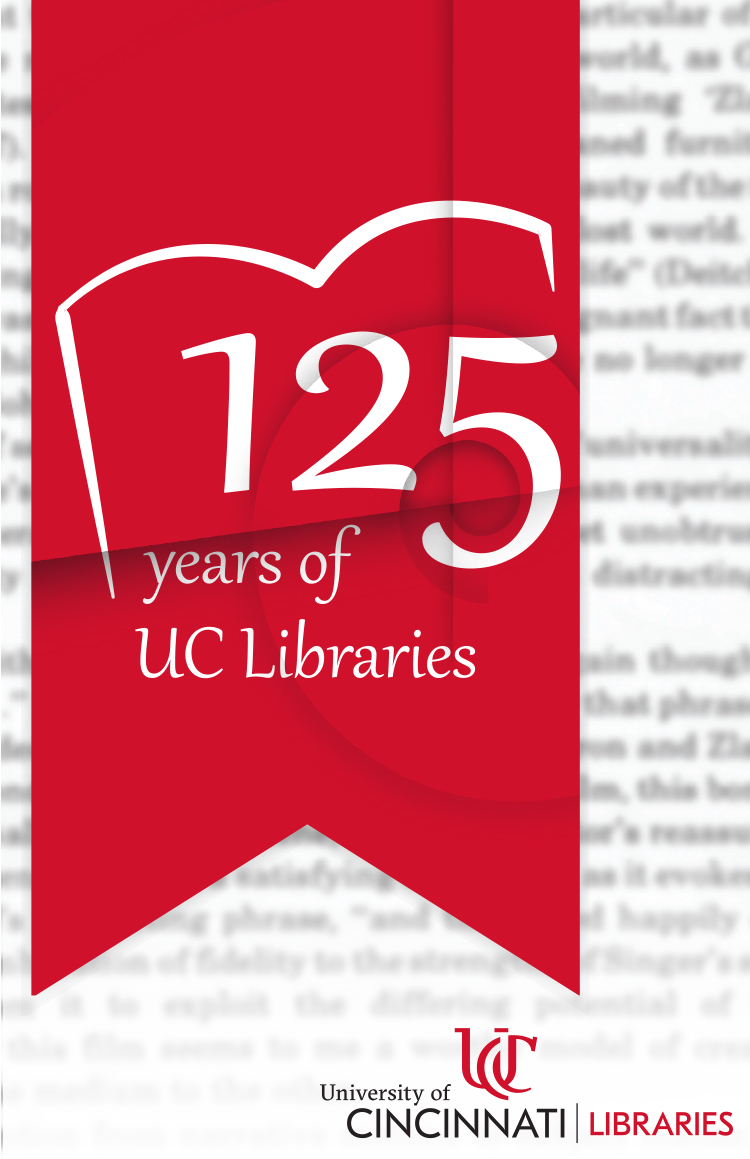 How do you determine the starting date of the University of Cincinnati Libraries when from the university’s founding in 1819, books played an important part in the education of students?
How do you determine the starting date of the University of Cincinnati Libraries when from the university’s founding in 1819, books played an important part in the education of students?- Early Van Wormer Library
- Inside of Van Wormer Library
- Van Wormer Library
- Blegen Library
- Blegen Library Exhibit Case
- Blegen Library Chandeliers
- Sixth Floor of Blegen Library
- Reading Outside Blegen Library
- Exterior of Blegen Library
- Staircase in Blegen Library
- Blegen Library Reading Room
- GI’s in Blegen Library
- Studying/Sleeping in Blegen Library
- Blegen Library
- Blegen Library
- Reading Room in the Blegen Library
- Blegen Library Chandelier
- Reference Help
- Former Reference Desk in the Archives and Rare Books Library
- Listening Stations in the CCM Library
- Former CCM Library Reference Desk
- Reference Desk in the Former CCM Library Location
- Elliston Poetry Room
- Blegen Library Stacks
- Blegen Library
- Lounging Outside Langsam Library
- Newly Constructed Langsam Library
- Exterior of Langsam Library
- Students Walking by Langsam Library
- Inside Langsam Library
- Sixth Floor of Langsam Library
- Government Documents Student Worker
- Looking Down in Langsam Library
- Steps in Langsam Library
- Langsam Interior
- Slide Catalog in the DAAP Library
- Early Photo of CEAS Library Reading Room
- Archives and Rare Books Library
- Albino Gorno Memorial Library (CCM)
- The College of Engineering and Applied Sciences Library (CEAS)
- Ralph E. Oesper Chemistry-Biology Library
- John Miller Burnam Classics Library
- College of Education, Criminal Justice, and Human Services (CECH) Library
- Robert A. Deshon and Karl J. Schlachter Library for Design, Architecture, Art and Planning (DAAP)
- Geology-Mathematics-Physics Library
- Donald C. Harrison Health Sciences Library
- Walter C. Langsam Library
For more about the history of UC Libraries, read http://digital.libraries.uc.edu/exhibits/arb/lawrenceBook/ulhistory.pdf. In the coming year, we will find more opportunities to celebrate the future of UC Libraries as we look to 125+ years.

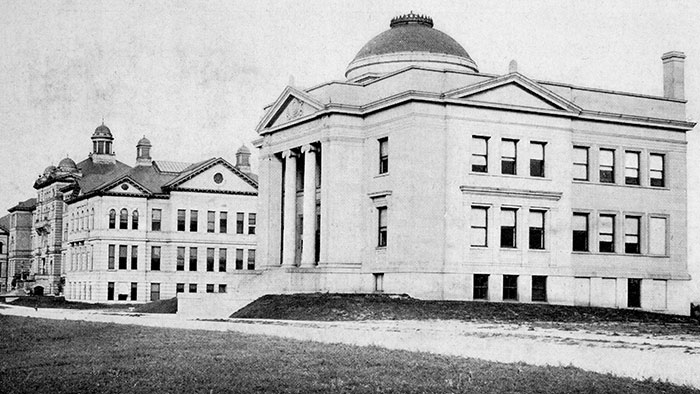
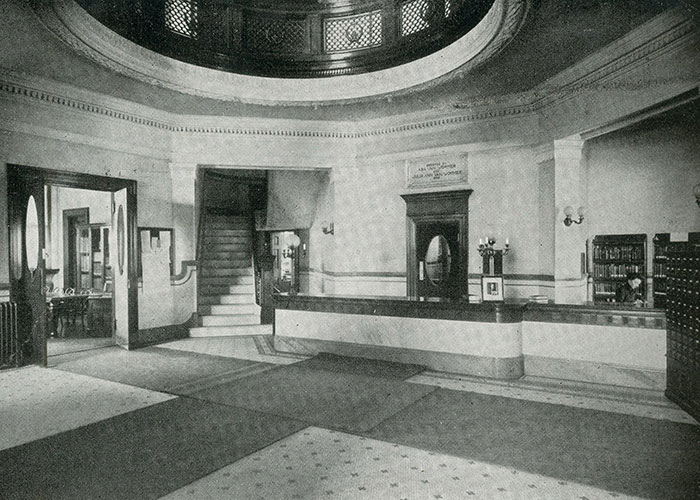
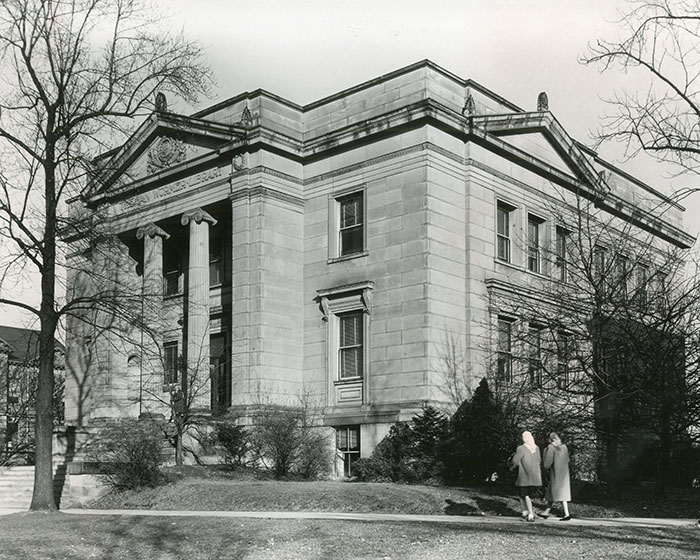
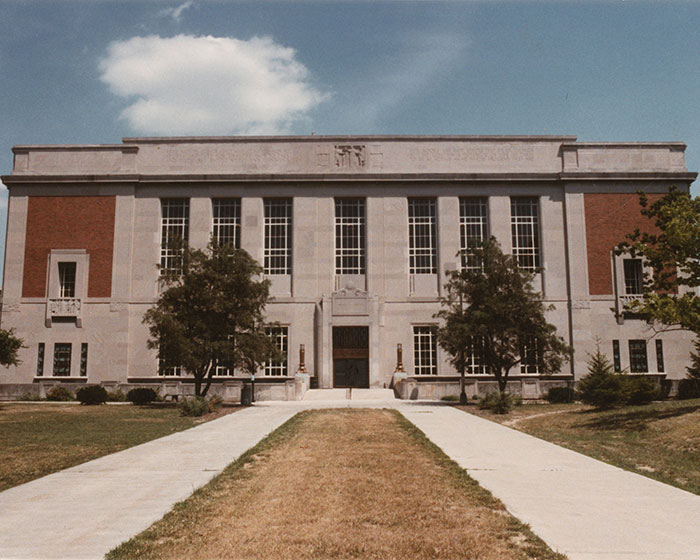
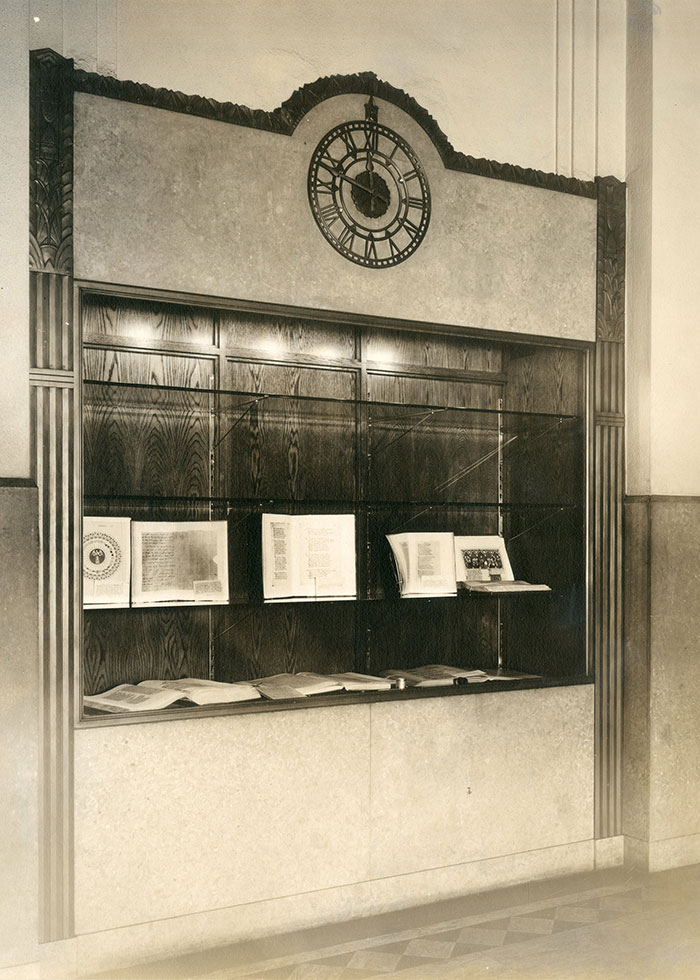
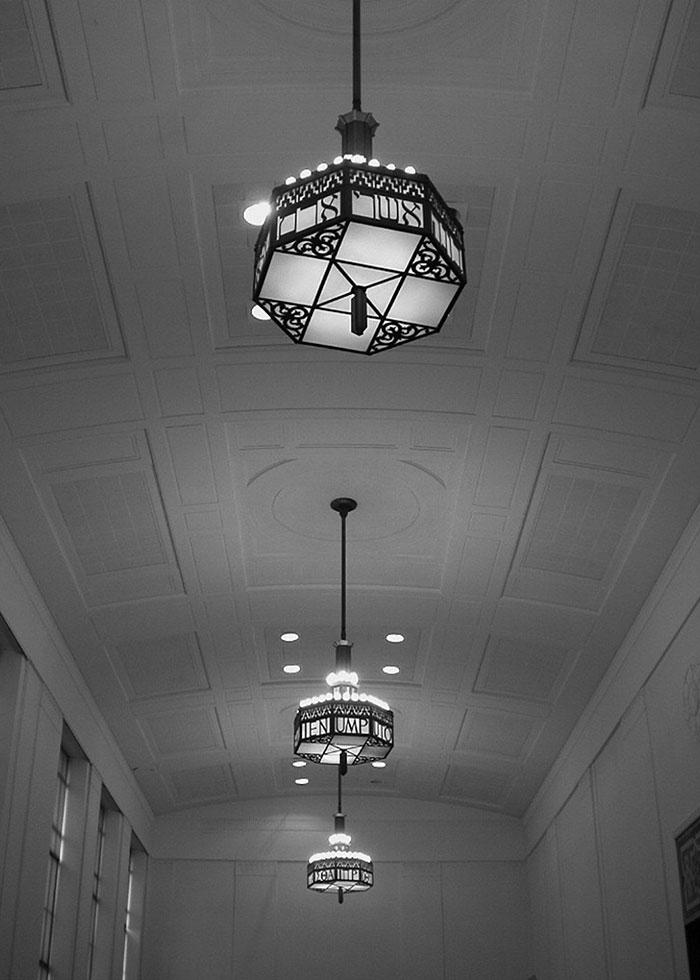
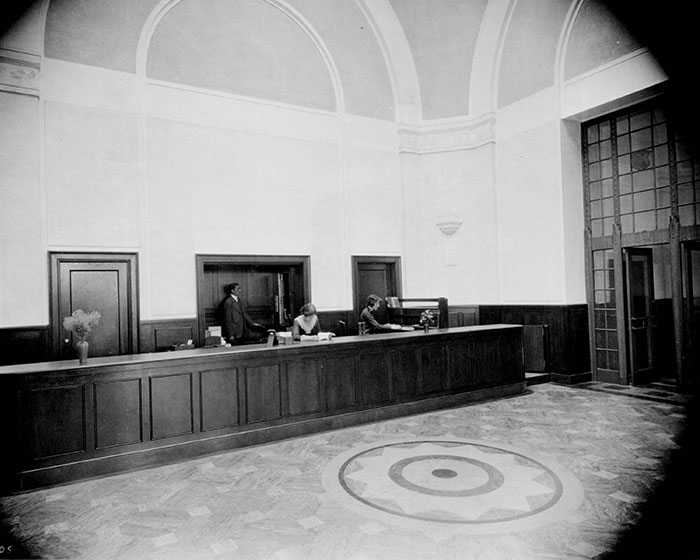
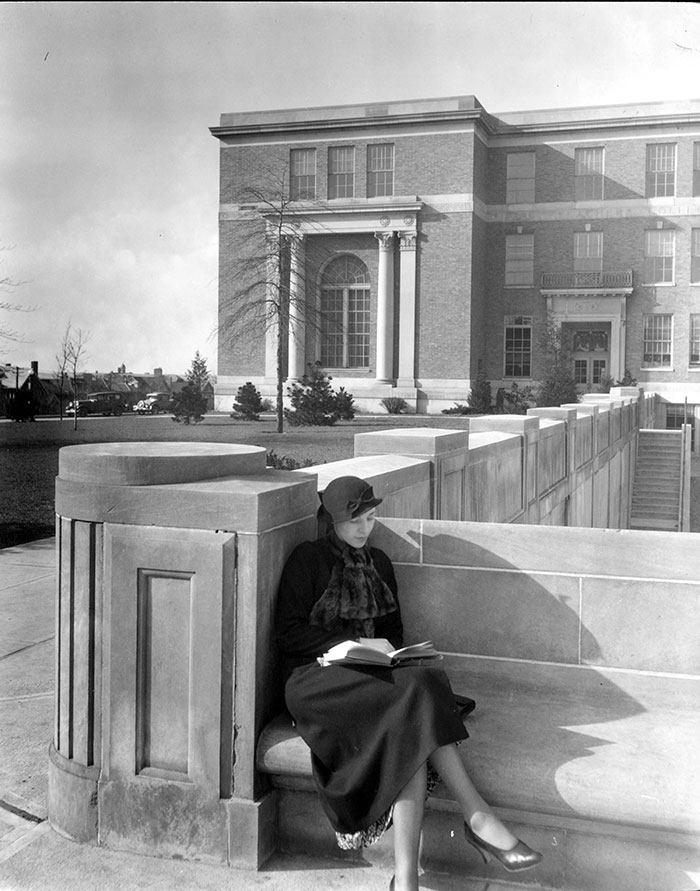
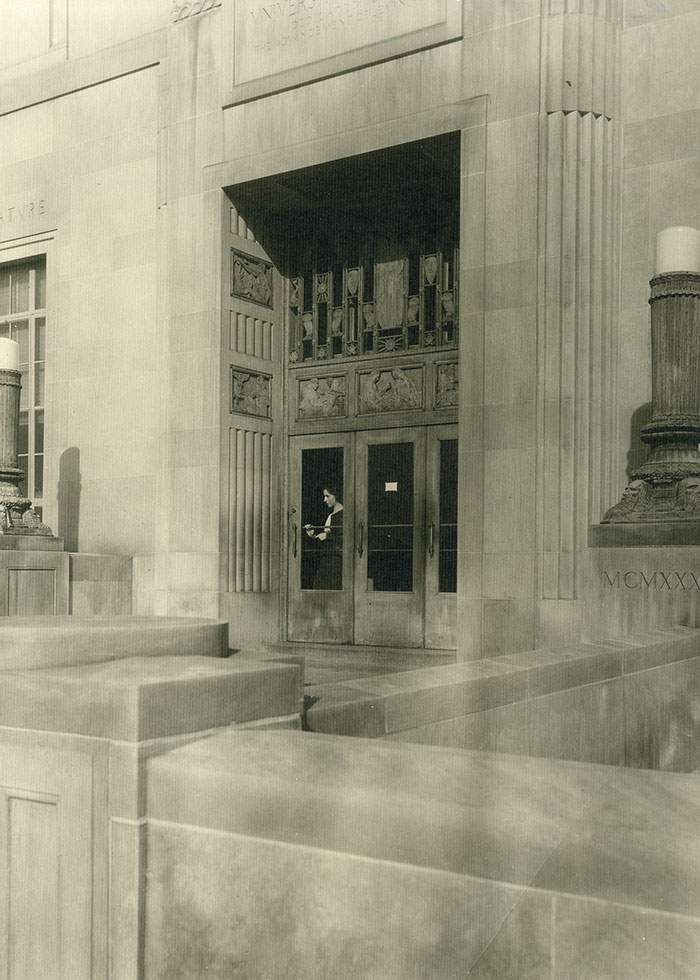
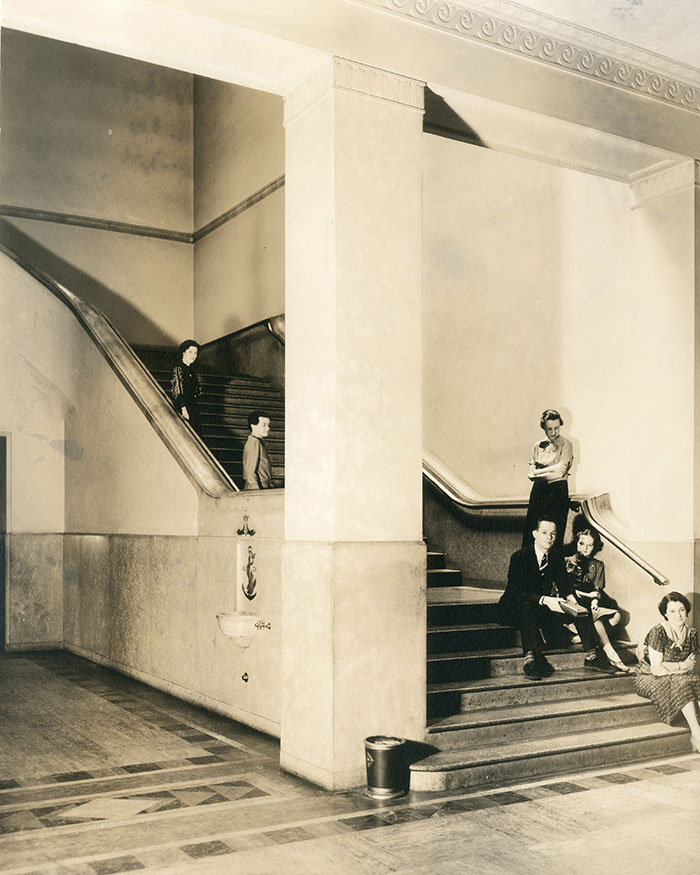
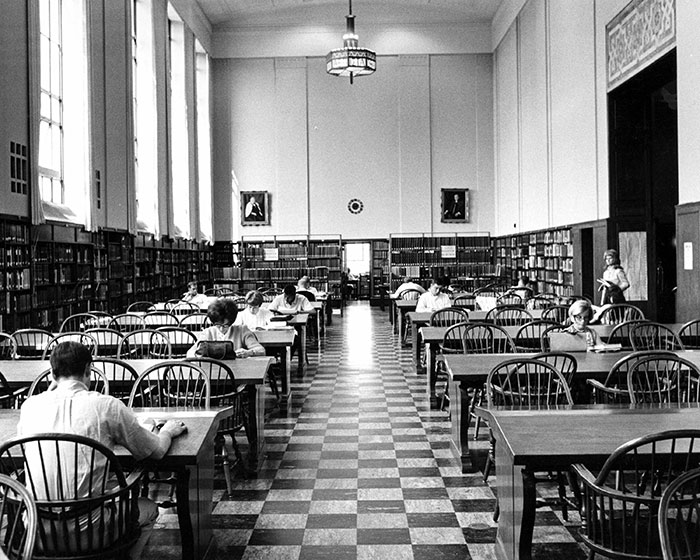
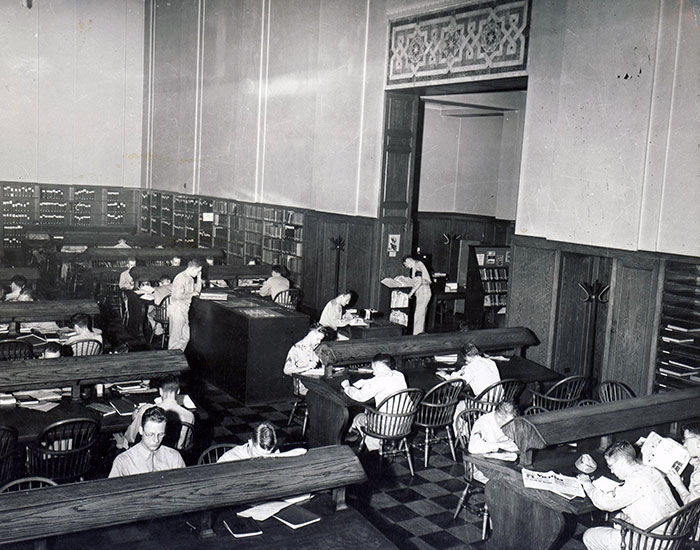
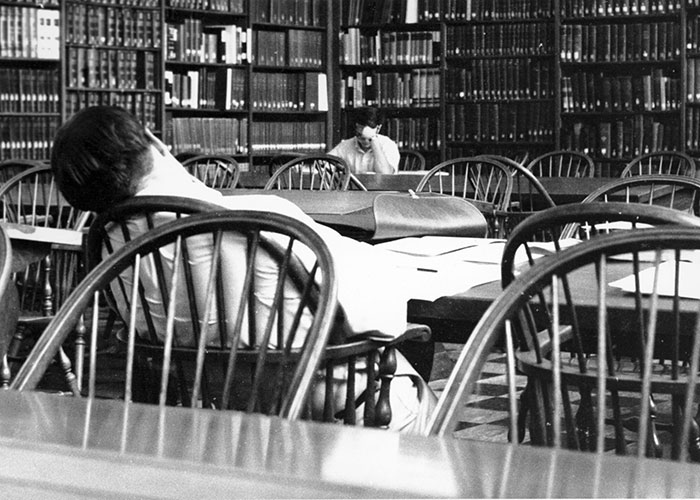
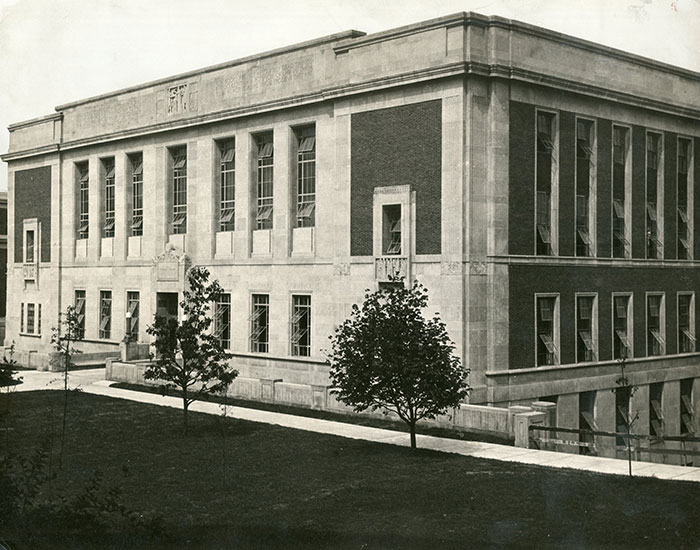
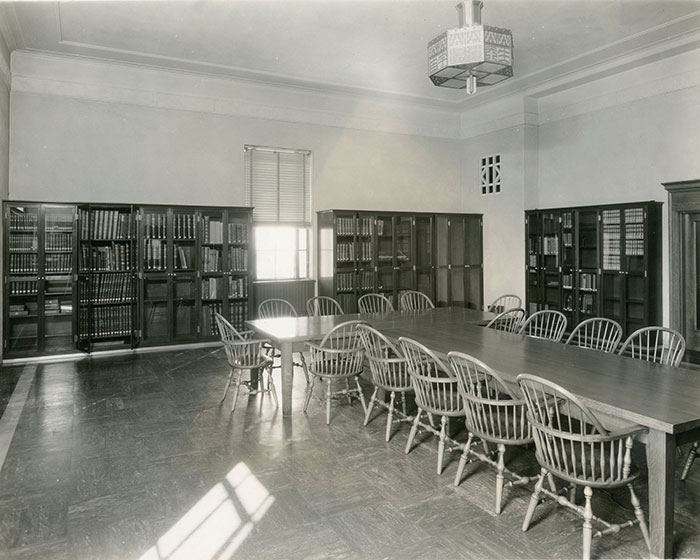
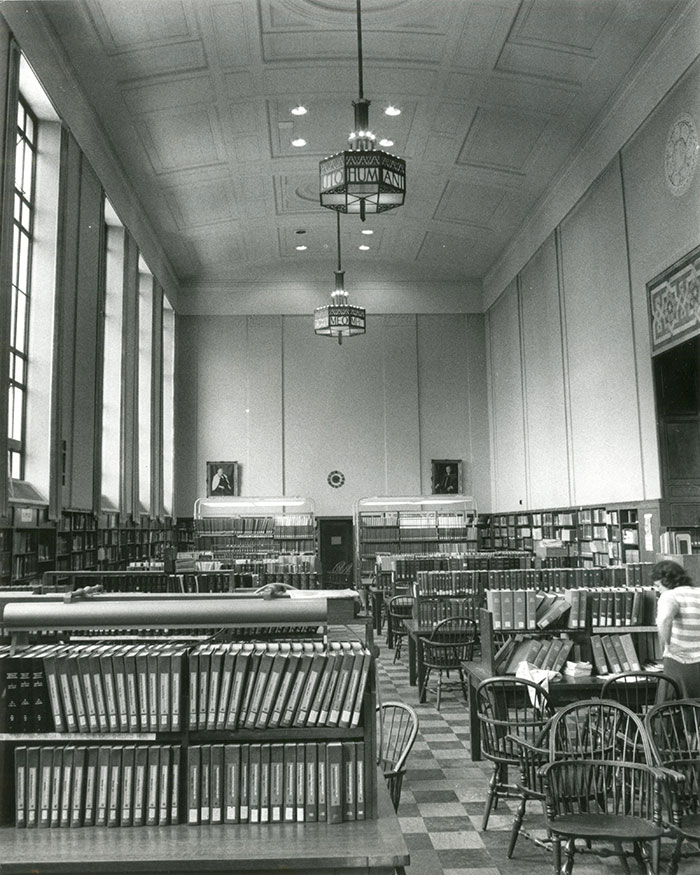

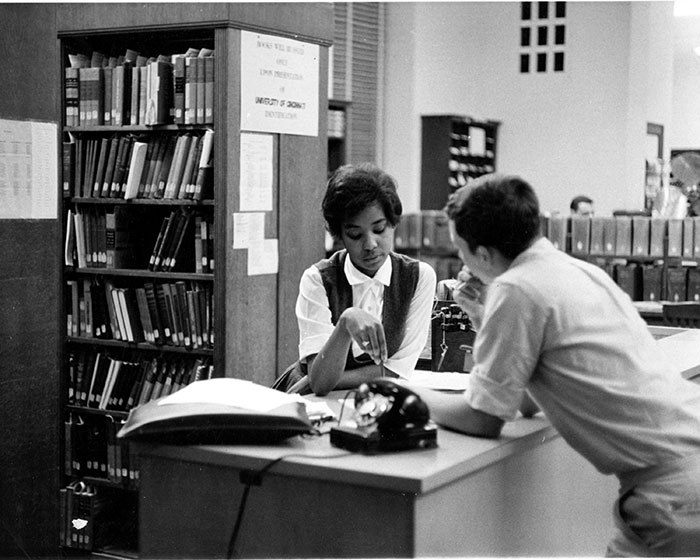

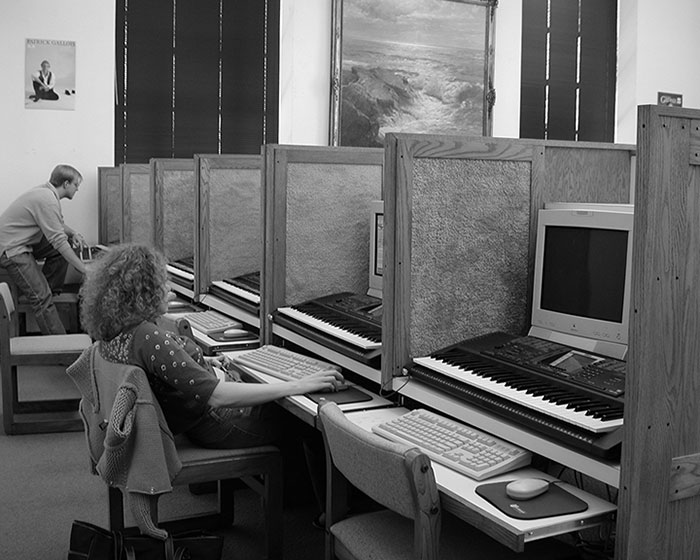
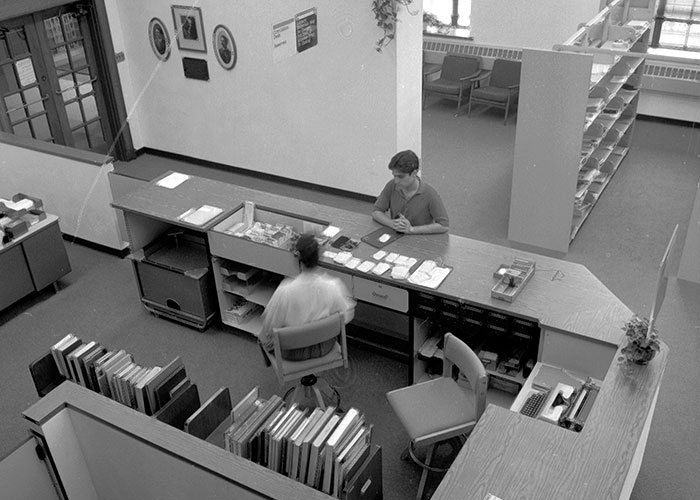
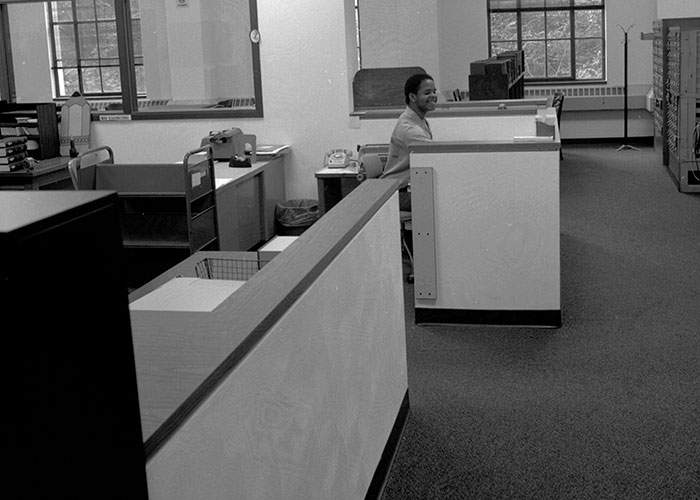
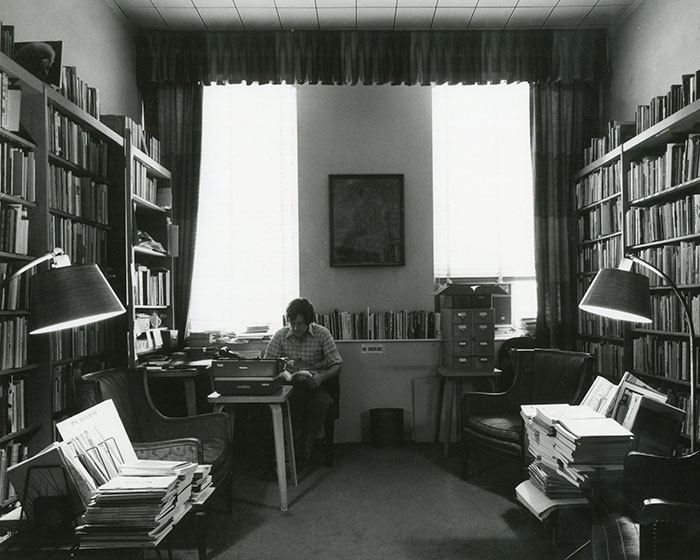
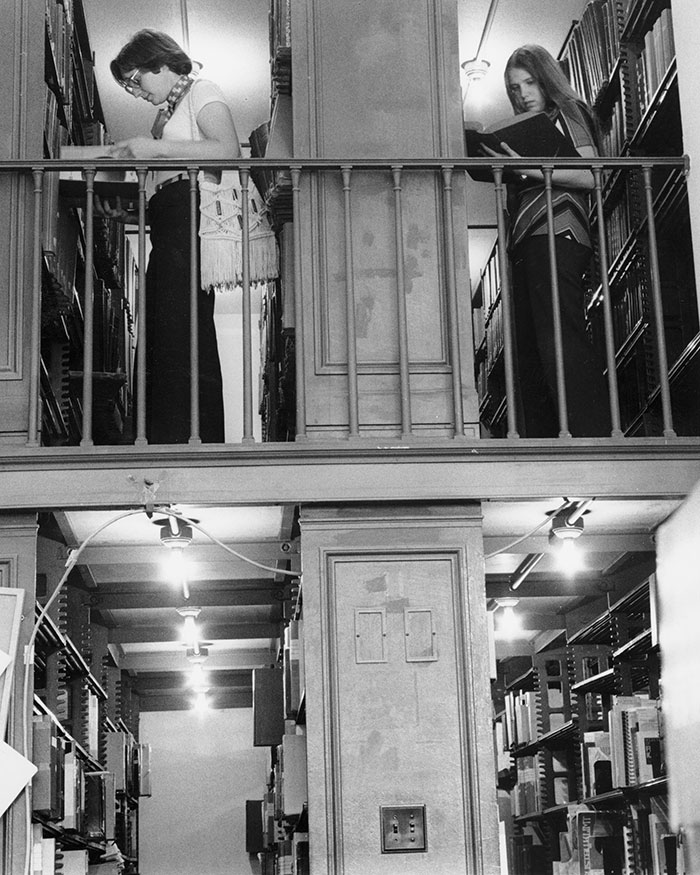
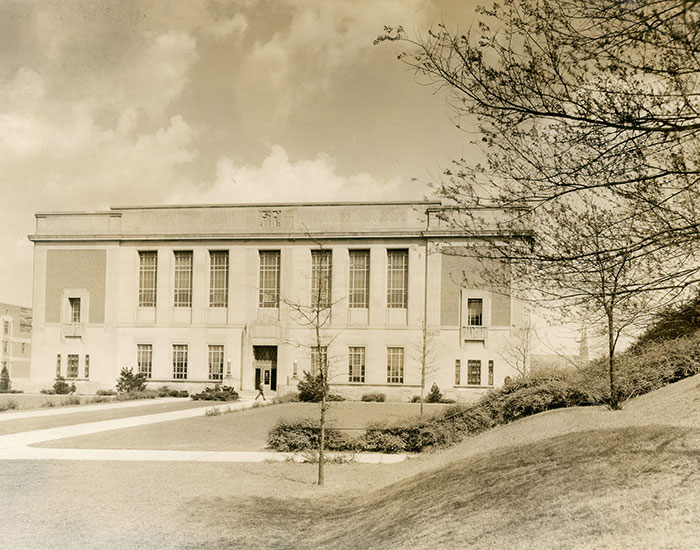
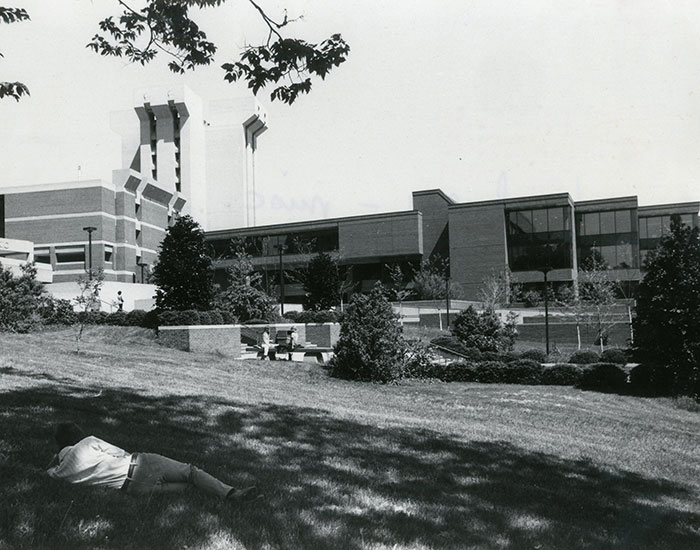
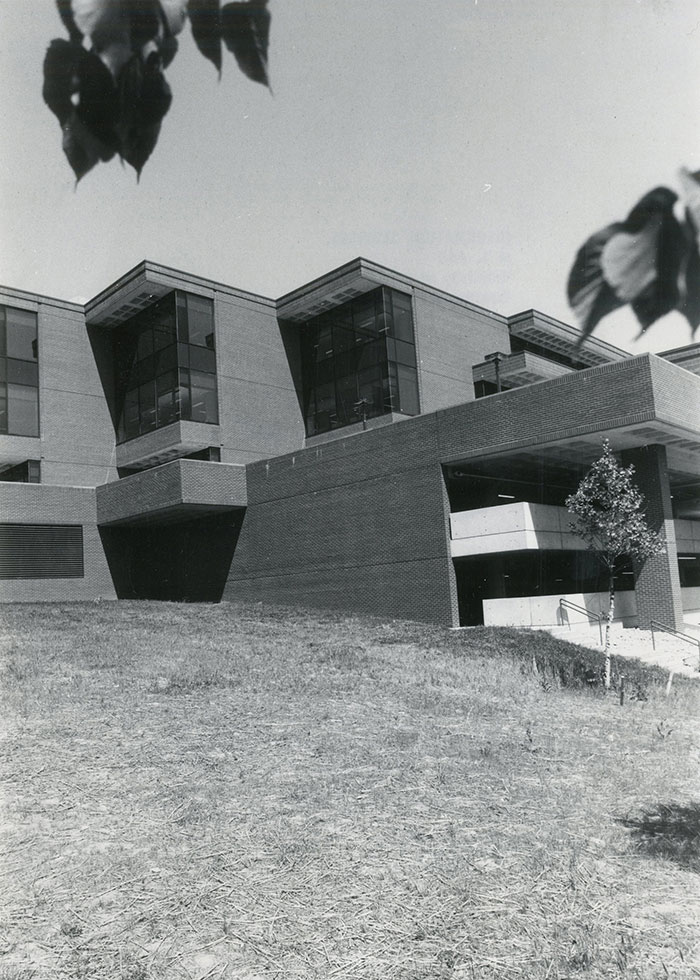
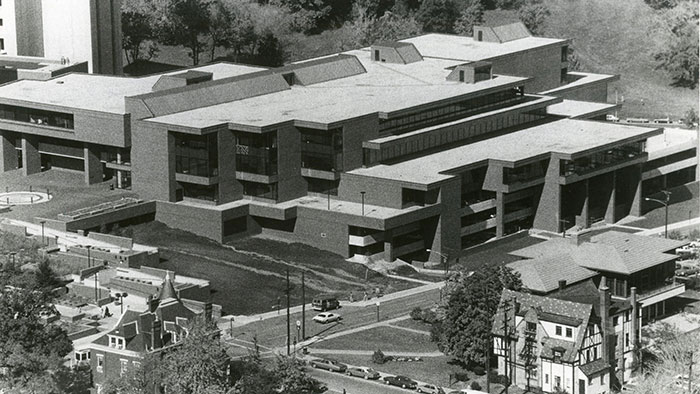
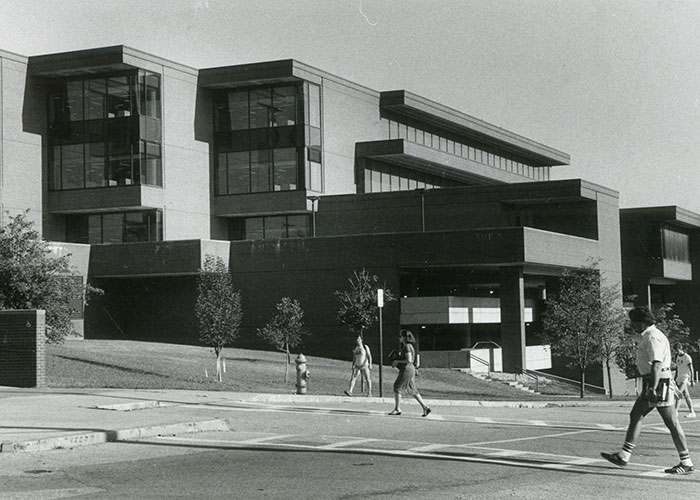
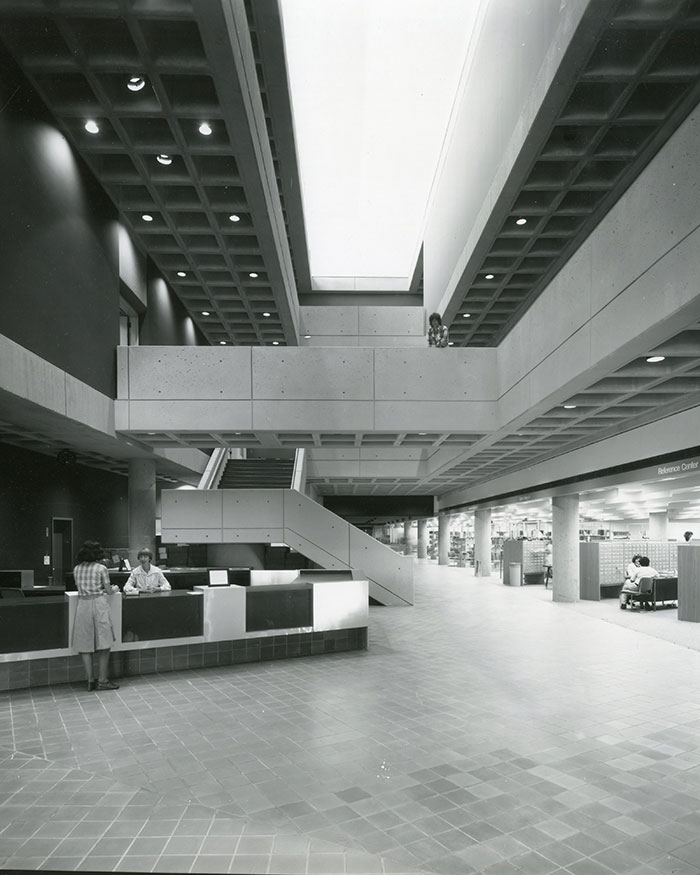
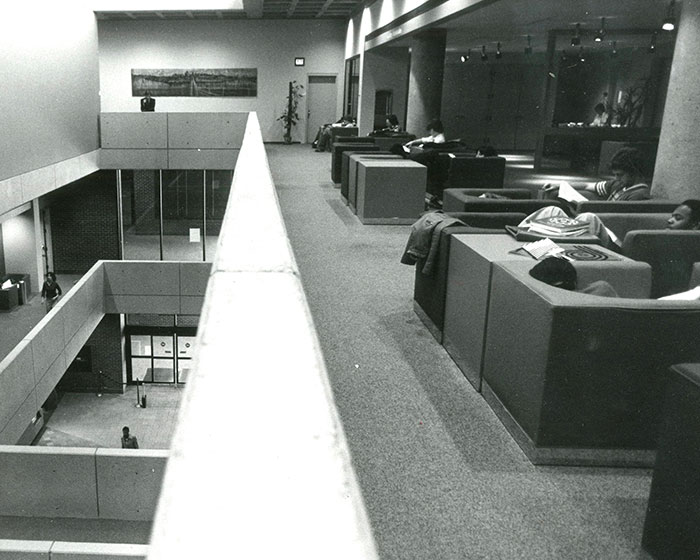
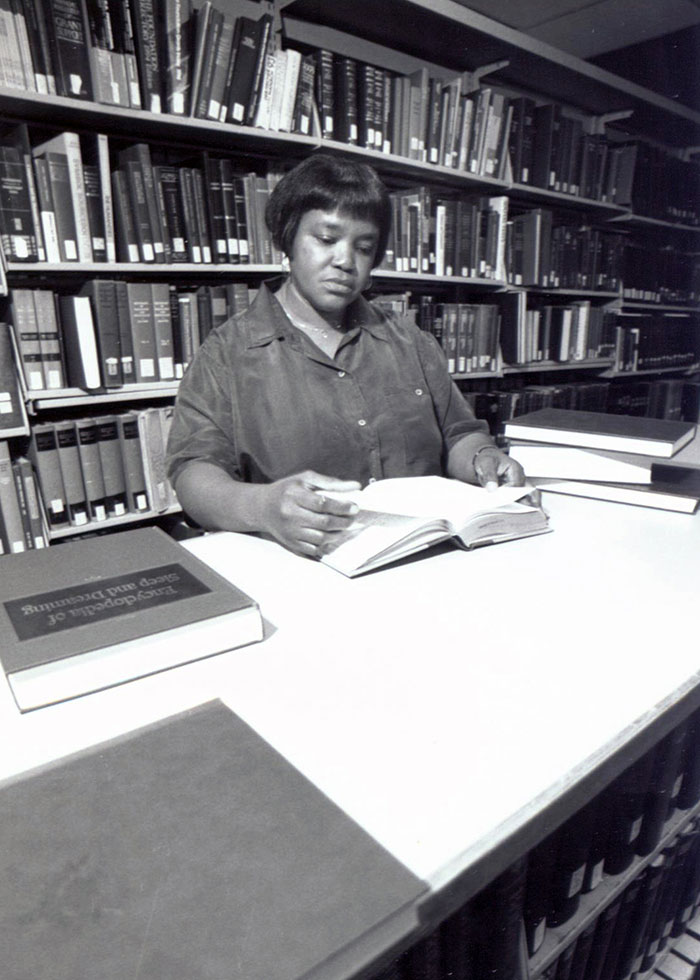
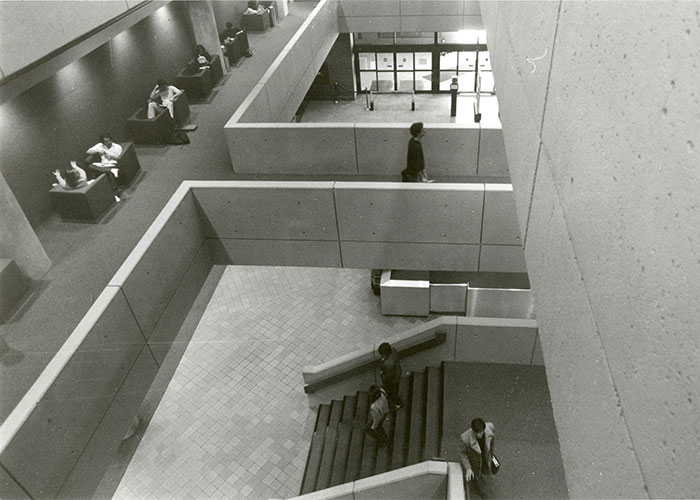
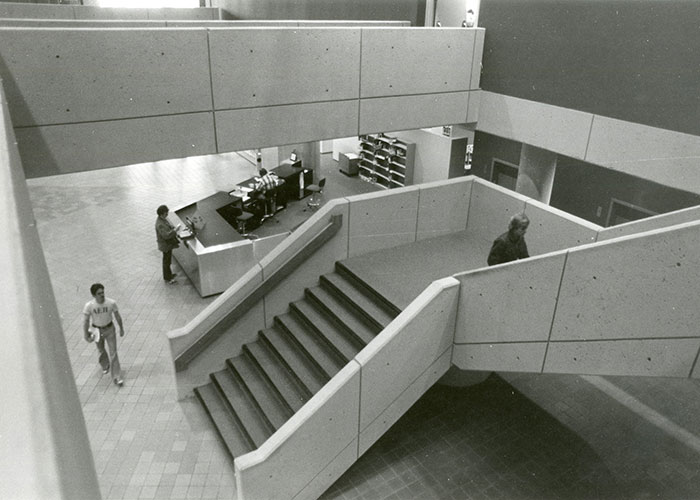
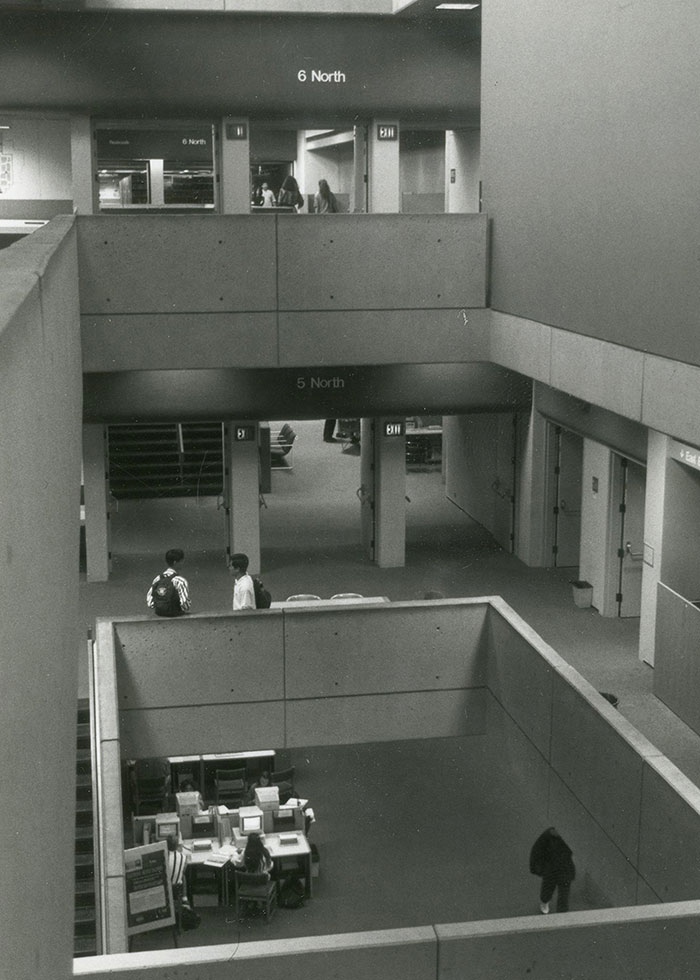
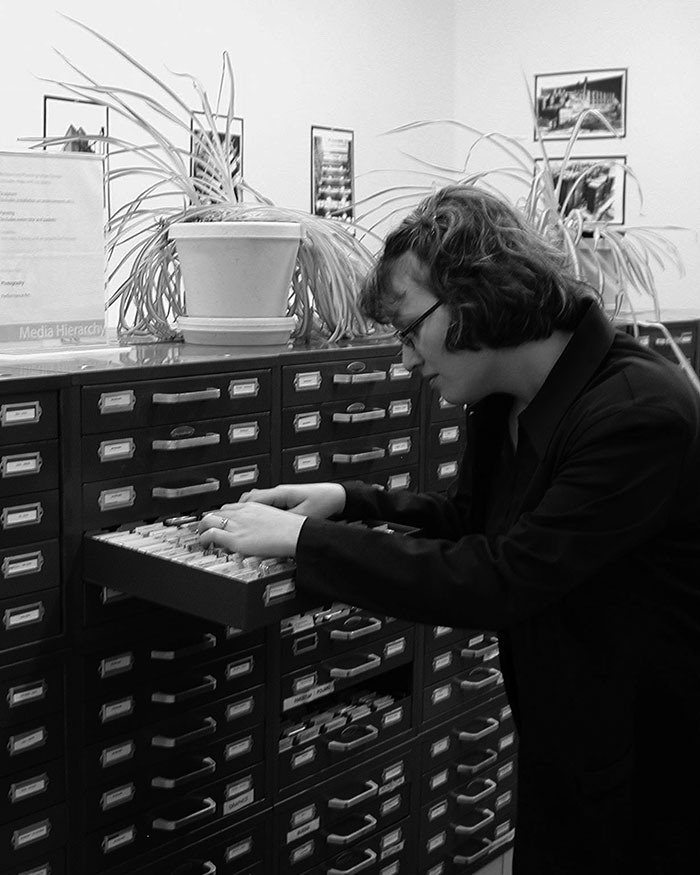
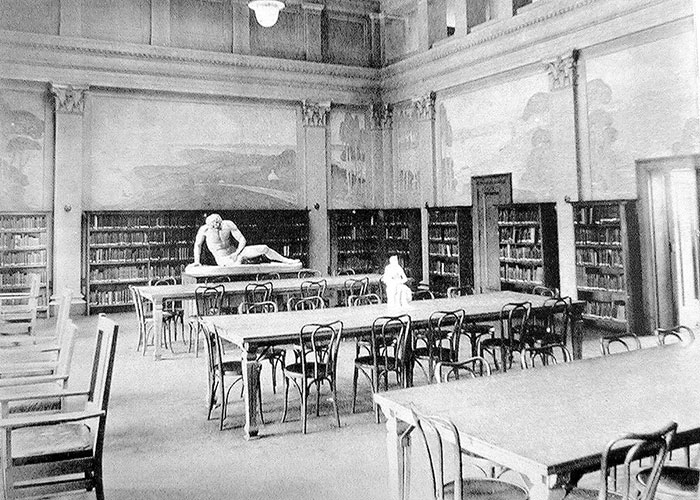
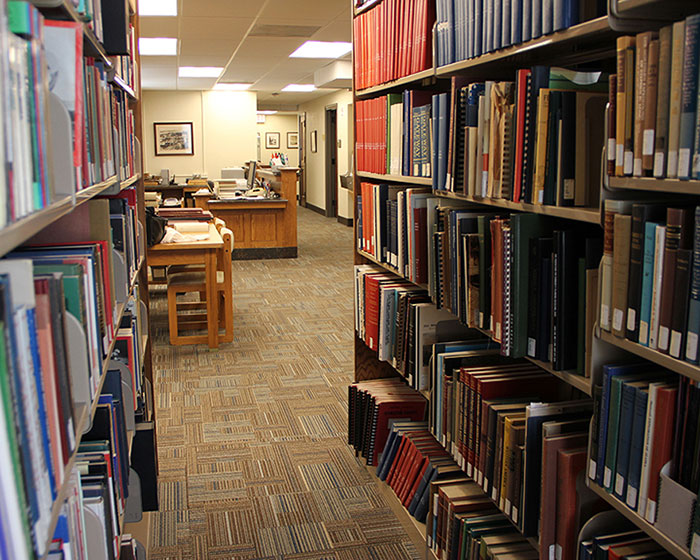
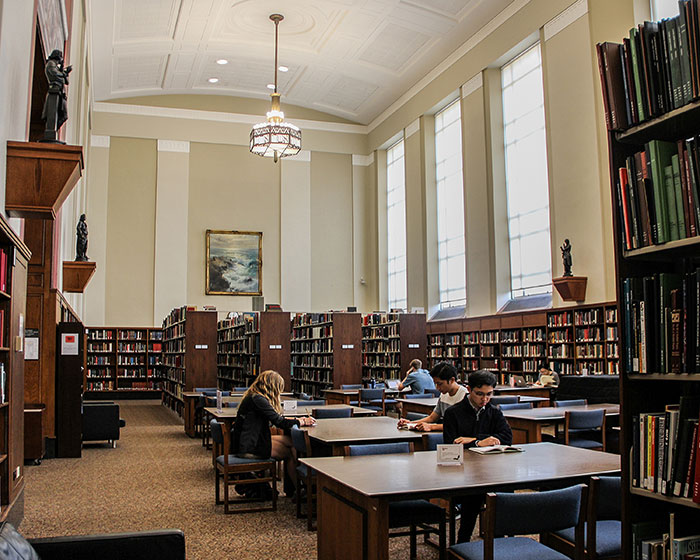
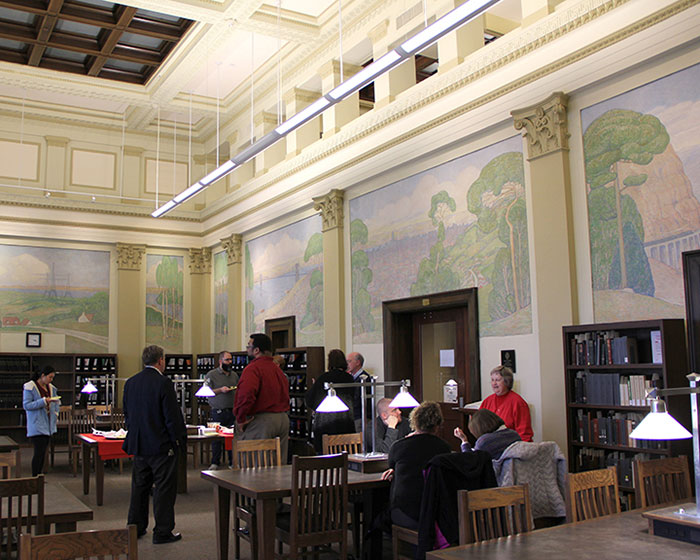
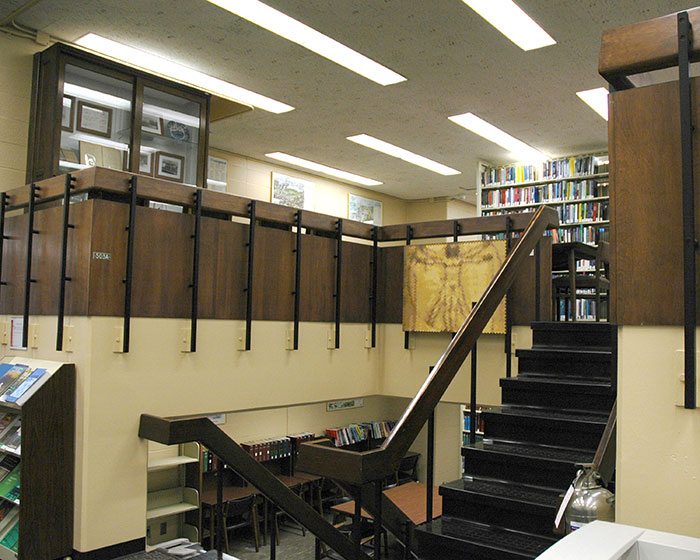
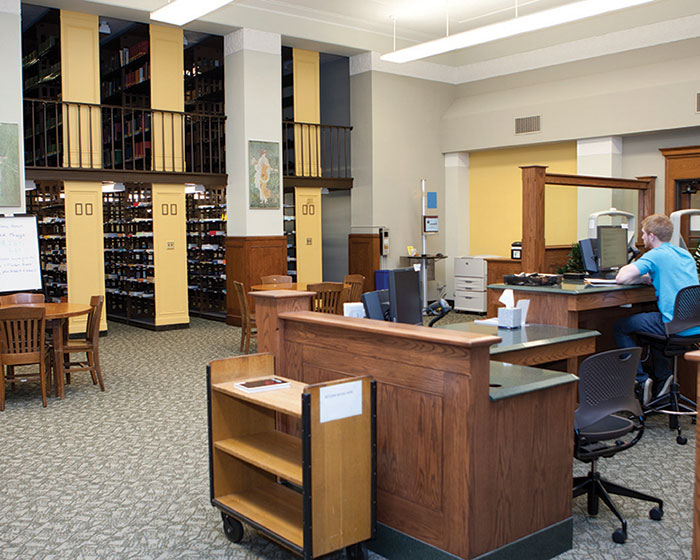
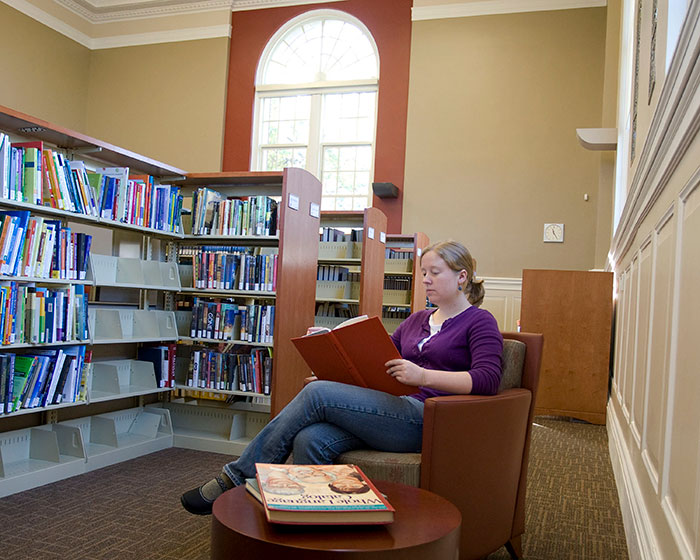
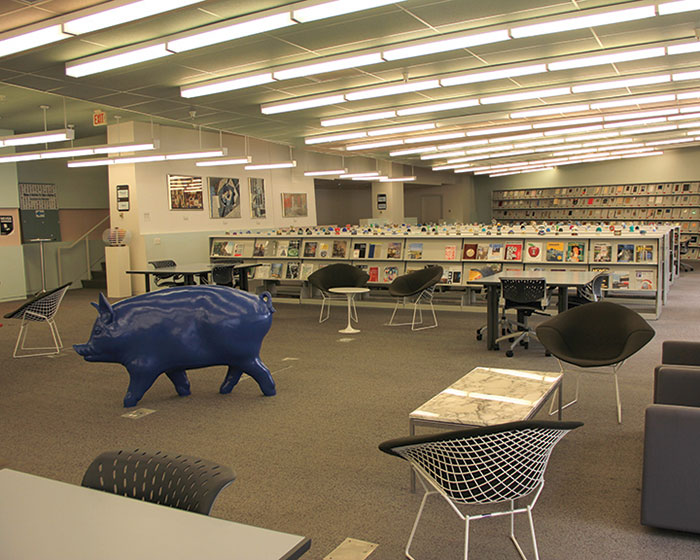
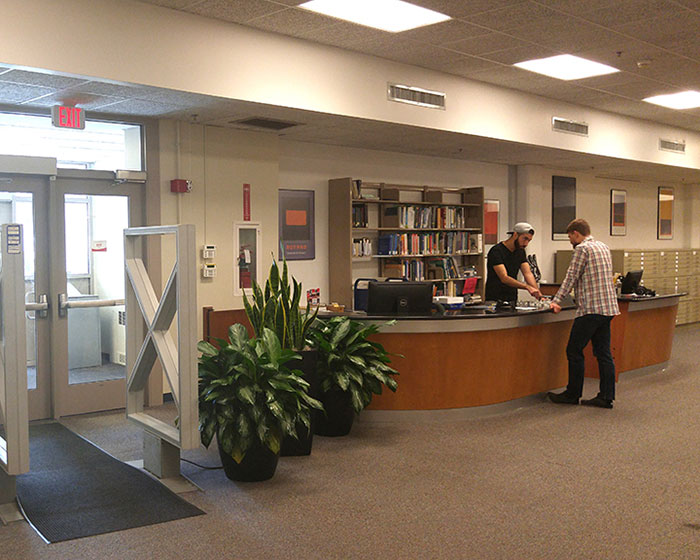

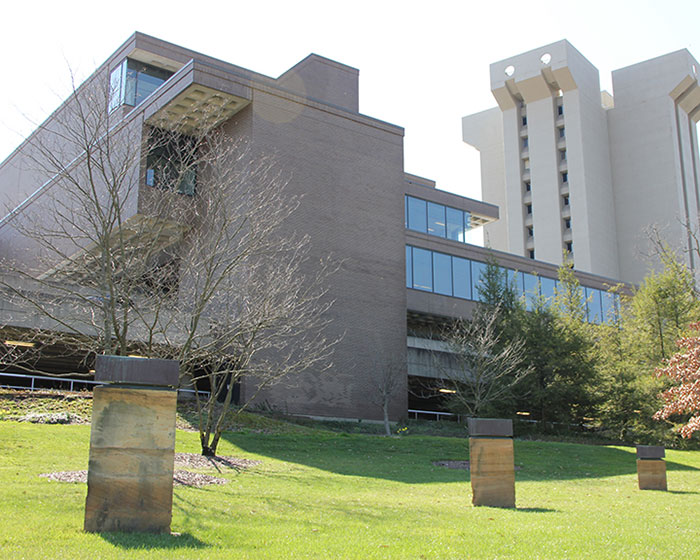

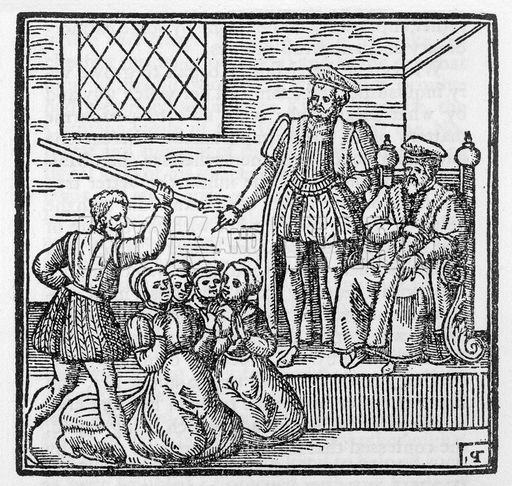
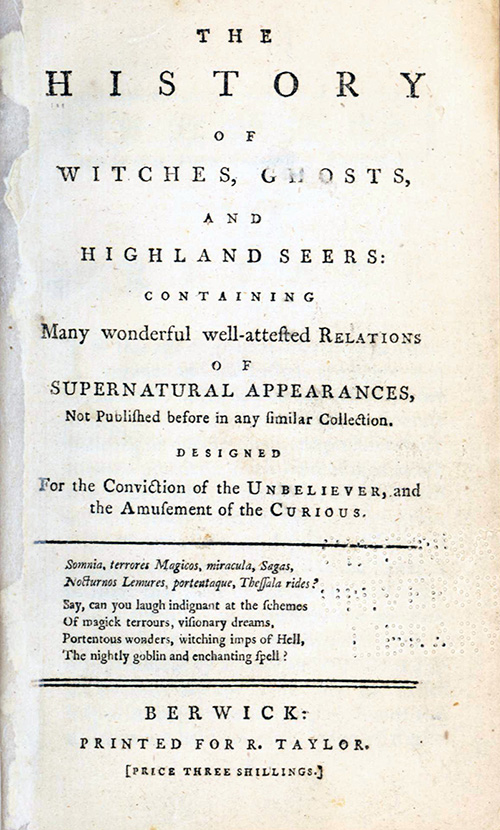
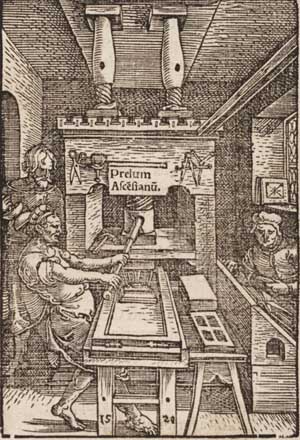
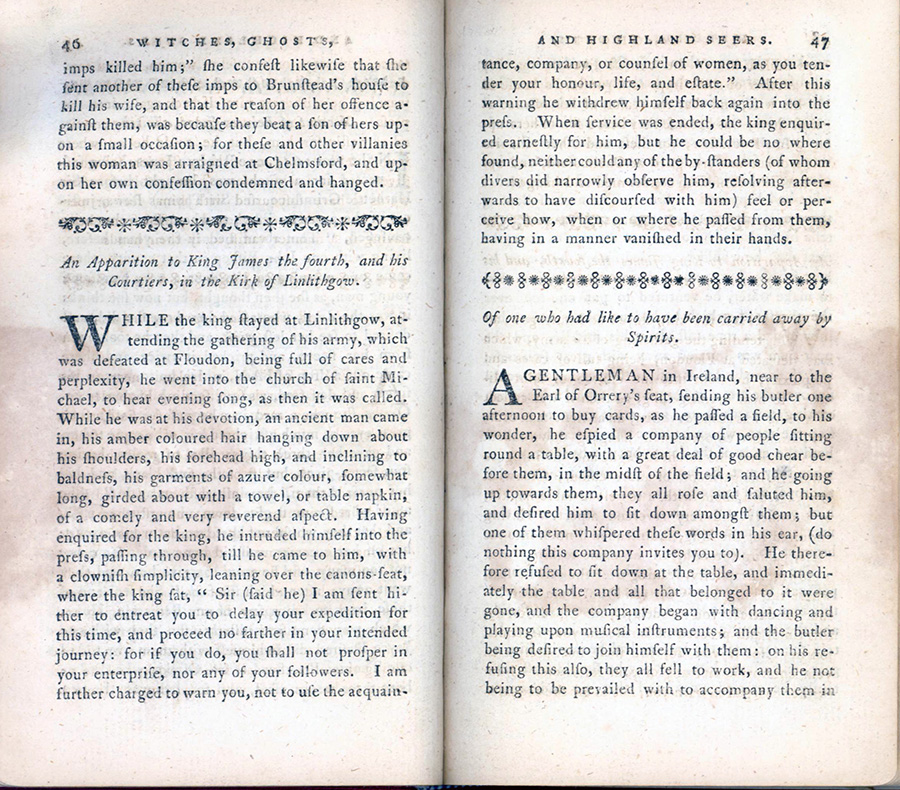
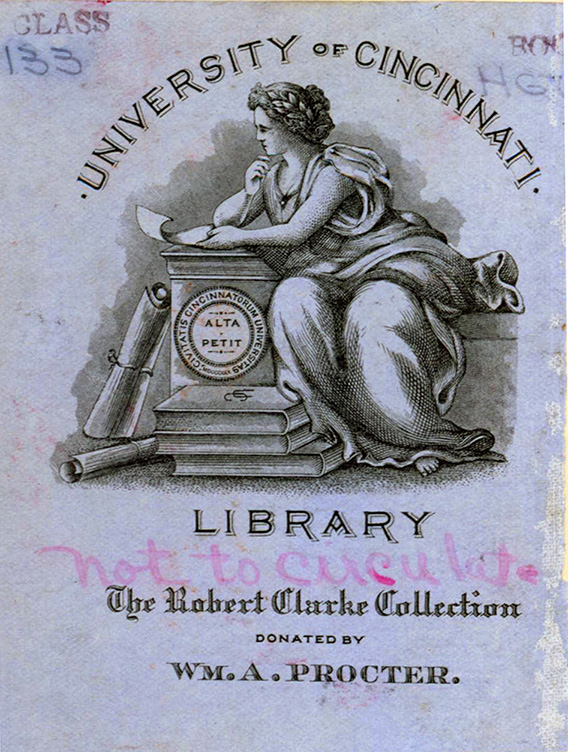
 Our trial access to
Our trial access to 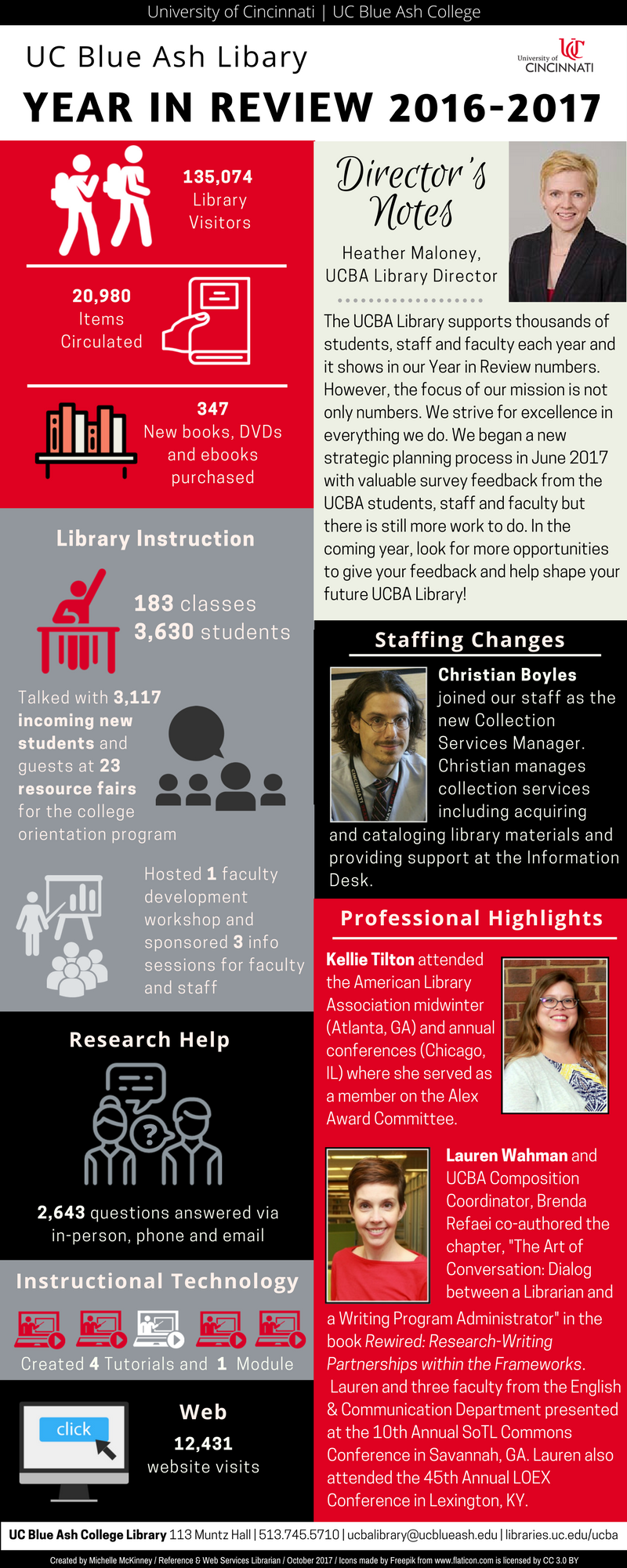

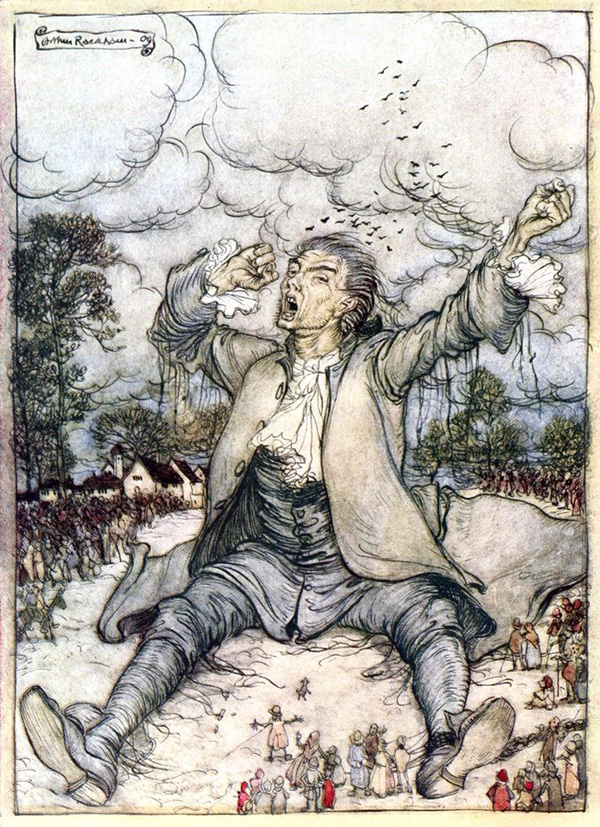
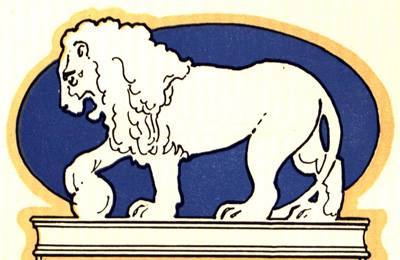


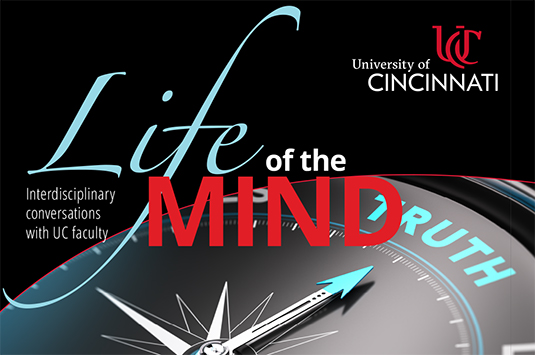 Life of the Mind, interdisciplinary conversations with UC faculty, will return Tuesday, Nov. 14, 3-5pm, in Annie Laws (407 Teachers/Dyer) with a lecture by Jeffrey Blevins, associate professor and chair of the department of journalism in the College of Arts and Sciences. Professor Blevins will speak on “Manufacturing Truth: The Political Economy of Fake News, Bots and Double-Speak.”
Life of the Mind, interdisciplinary conversations with UC faculty, will return Tuesday, Nov. 14, 3-5pm, in Annie Laws (407 Teachers/Dyer) with a lecture by Jeffrey Blevins, associate professor and chair of the department of journalism in the College of Arts and Sciences. Professor Blevins will speak on “Manufacturing Truth: The Political Economy of Fake News, Bots and Double-Speak.”